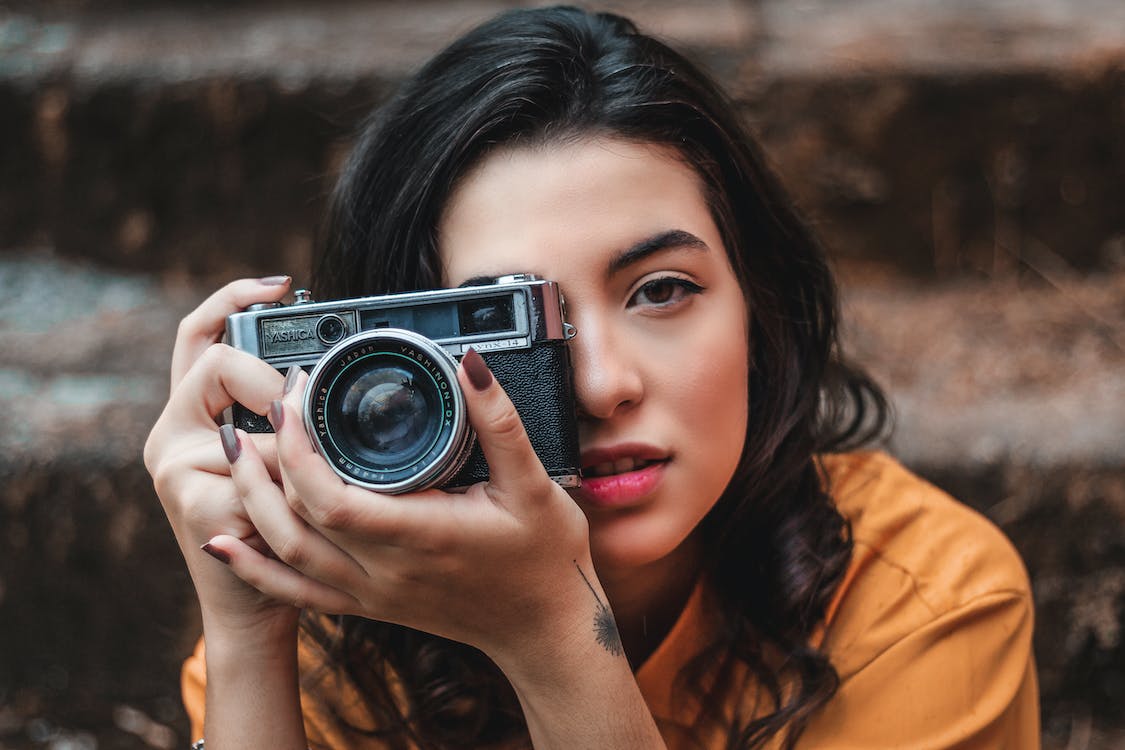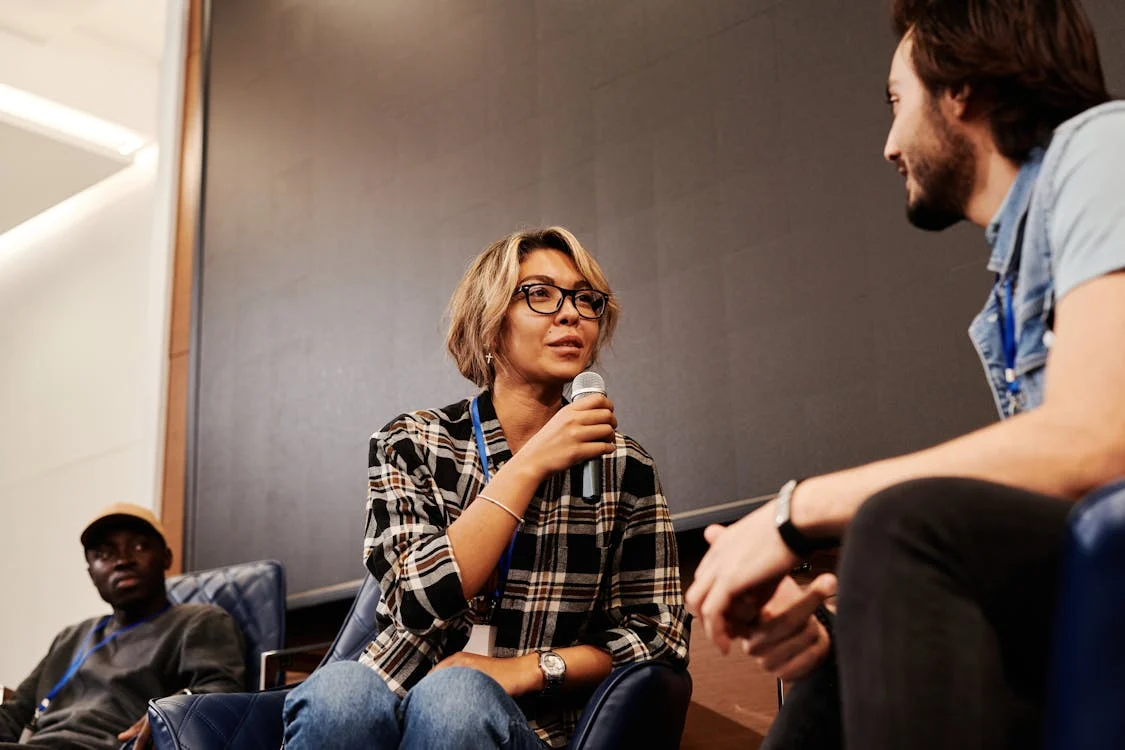Question:
Do Actors Still Need Printed Headshots?
(By Ray Reese)
 (Photo: Marcelo Chagas | Pexels)
(Photo: Marcelo Chagas | Pexels)
Do actors still need printed headshots? While much of the industry has shifted towards digital submissions, printed headshots have not become obsolete. They still play an important role in an actor’s career, particularly during in-person auditions, networking events, and meetings with agents or casting directors. Here’s a breakdown of why printed headshots remain relevant in today’s acting world.
In-Person Auditions
Even though many auditions are conducted via self-tapes or through online submissions, in-person auditions are still a major part of the casting process. When attending these auditions, it’s standard practice for actors to bring printed headshots, usually stapled to their resume. This is not just a formality but a useful tool for casting directors.
Why?
Casting directors often make notes directly on printed headshots. Having a physical copy in front of them allows casting directors to quickly reference your appearance and match it to their notes during the decision-making process.
Printed headshots are a tangible reminder of your audition and help keep you top of mind when they’re reviewing potential candidates.
RELATED: Why are headshots so expensive?
Some casting directors may prefer working with physical materials, especially in theater or film auditions where traditions run deep. Failing to bring a printed headshot may be seen as unprofessional, and you risk being forgotten in the mix of actors auditioning.
Agent and Manager Meetings
 (Photo: Christina Morillo/Pexels)
(Photo: Christina Morillo/Pexels)
When meeting with agents or managers for potential representation, having a printed headshot is often expected. Even though many industry professionals prefer to view materials digitally, a printed headshot still adds a personal and professional touch to your presentation.
Why it matters:
A printed headshot gives you something to physically hand over during the meeting, which makes a stronger impression than simply sending an email with your materials.
It signals preparation and professionalism. Having printed headshots ready shows you take your career seriously and are prepared for the logistics of the industry.
While agents may not always keep the printed headshot, bringing one shows that you’re aware of industry standards and that you’re prepared for various scenarios.
Workshops and Networking Events
 (Photo: Henri Mathieu Saint Laurent | Pexels)
(Photo: Henri Mathieu Saint Laurent | Pexels)
Acting workshops, networking events, and seminars often provide opportunities for actors to connect with industry professionals, and having a printed headshot on hand can be valuable. These events sometimes include casting directors, producers, or directors who might request headshots from attendees.
Advantages of printed headshots at events:
They provide a quick and easy way for industry professionals to remember you. If someone requests your headshot, handing them a polished, professional print creates a memorable connection.
It’s an opportunity to stand out. In a room full of actors, offering a headshot when others don’t can make a difference.
RELATED: Do actor smile in headshots?
Having printed headshots at events also demonstrates that you’re prepared to take advantage of any potential opportunity, which is key to networking in the entertainment business.
Theater Auditions
Theater is one area where printed headshots are still widely used. Many theater companies and casting directors prefer physical headshots and resumes at in-person auditions, especially in regional or community theaters. Theater auditions often require more traditional presentation methods, and not having a printed headshot could put you at a disadvantage.
Why theaters still use printed headshots:
 (Photo: Cottonbro Studio | Pexels)
(Photo: Cottonbro Studio | Pexels)
Theater casting processes are often more hands-on and traditional. Casting directors for theater productions may keep hard copies of headshots for reference during the audition process and later production stages.
Paper headshots are easier to distribute. In some cases, directors, producers, and designers may all have input on casting, and printed headshots allow everyone involved to physically review candidates.
So, Should Actors Still Invest in Printed Headshots?
Given the digital shift, you might wonder if it’s worth the investment to have printed headshots. The answer depends on the types of roles you’re pursuing and the casting process you’re involved in.
You should invest in printed headshots if:
You frequently attend in-person auditions, especially for theater or film.
You meet with agents or casting directors face-to-face and want to leave a lasting impression.
You network at industry events or workshops where printed materials may be requested.
Most actors don’t need a massive stockpile of printed headshots, but having a few high-quality prints available for the right moments is a smart investment.
How Many Printed Headshots Do You Need?
The number of printed headshots you need will vary based on how often you attend in-person events. For most actors:
A small supply of 20-30 prints is typically sufficient for regular use.
If you’re auditioning frequently in person, particularly in theater, you may need more.
It’s also important to update your printed headshots periodically to match your current look, just as you would with digital headshots.
While digital submissions have taken over much of the casting process, printed headshots still play an important role in the acting industry. For in-person auditions, meetings, and networking events, having a printed headshot signals professionalism, preparedness, and an understanding of industry expectations.



